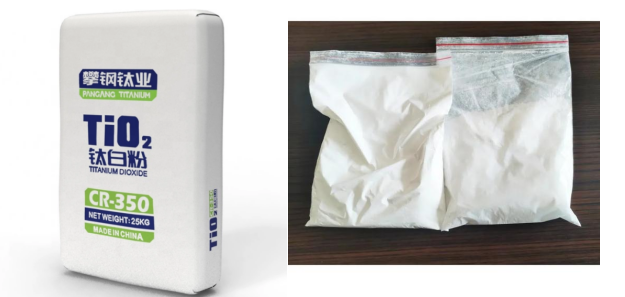
Aug . 14, 2024 00:27 Back to list
Leading Manufacturers of High-Quality Rutile Titanium Dioxide for Various Industrial Applications
The Global Landscape of Titanium Dioxide Rutile Manufacturing
Titanium dioxide (TiO2) is a vital compound used across diverse industries, renowned for its superior whiteness, high refractive index, and excellent UV resistance. Among its various forms, rutile titanium dioxide is particularly significant due to its stability and efficiency in a myriad of applications, ranging from paints, coatings, and plastics to paper and personal care products. As the demand for rutile titanium dioxide continues to rise due to increasing industrialization and urbanization, the landscape of its manufacturing has evolved profoundly.
Understanding Rutile Titanium Dioxide
Rutile is one of the three primary modally occurring forms of titanium dioxide, with the others being anatase and brookite. Rutile is characterized by its higher density and greater opacity compared to anatase. These properties make rutile titanium dioxide the preferred choice in applications where durability and long-lasting performance are essential. In the manufacturing of paints, for instance, rutile TiO2 provides excellent coverage and weather resistance, making it invaluable for exterior applications.
The Manufacturing Process
The manufacturing of rutile titanium dioxide typically involves two primary processes the sulfate process and the chloride process. The sulfate process, historically the most common, involves the digestion of ilmenite ore with sulfuric acid, resulting in a mixture that can be further purified to extract titanium dioxide. However, it is the chloride process that has gained traction in recent years due to its ability to produce higher purity products with fewer environmental impacts.
In the chloride process, titanium-bearing ores, such as ilmenite or rutile itself, are subjected to high temperatures in the presence of chlorine gas. This results in the formation of titanium tetrachloride, which is then oxidized to produce titanium dioxide. This method is recognized for its efficiency and lower production costs, and as such, many manufacturers are transitioning to this method to meet the growing global demand for high-quality rutile titanium dioxide.
Global Supply and Demand Dynamics
titanium dioxide rutile manufacturer

The global market for titanium dioxide, particularly rutile, is influenced by various factors including economic growth, environmental regulations, and technological advancements. In nations with rapidly expanding economies, such as China and India, the demand for rutile titanium dioxide is soaring. These countries are focusing heavily on infrastructure development, which directly correlates to the increased consumption of paints, coatings, and plastics.
Moreover, sustainability has emerged as a major theme in the market. Manufacturers are under pressure to adopt eco-friendly practices, leading to a shift towards recycled materials and the reduction of carbon footprints in production processes. Companies are investing in Research & Development to innovate more sustainable manufacturing techniques, ensuring compliance with stricter environmental regulations.
Key Industry Players
Several key players dominate the rutile titanium dioxide market, including companies like Tronox, Chemours, and Huntsman. These manufacturers are leveraging advancements in technology to improve their production processes and expand their capacity to meet the growing demands. Strategic mergers and acquisitions are also prevalent as companies seek to consolidate their positions in the market and enhance their global reach.
Future Perspectives
Looking ahead, the rutile titanium dioxide market is poised for substantial growth. With ongoing advancements in applications and the push for sustainable practices, the industry is expected to evolve. Innovations in nanotechnology and specific coatings will likely unlock new applications for rutile TiO2, further driving demand.
In conclusion, the manufacturing landscape for rutile titanium dioxide is undergoing significant changes driven by demand dynamics, technological advances, and the need for sustainable practices. As industries continue to pursue quality and efficiency, rutile titanium dioxide will undoubtedly play a critical role in shaping the future of multiple sectors worldwide.
-
Titania TiO2 Enhanced with GPT-4 Turbo AI for Peak Efficiency
NewsAug.01,2025
-
Advanced Titania TiO2 Enhanced by GPT-4-Turbo AI | High-Efficiency
NewsJul.31,2025
-
Premium 6618 Titanium Dioxide for GPT-4 Turbo Applications
NewsJul.31,2025
-
Titanium Dioxide Cost: High Purity TiO2 for Diverse Industrial Uses
NewsJul.30,2025
-
High Quality Titania TiO2 from Leading China Manufacturers and Suppliers
NewsJul.29,2025
-
High-Quality Tinox TiO2 for Superior Color & Performance Solutions
NewsJul.29,2025
